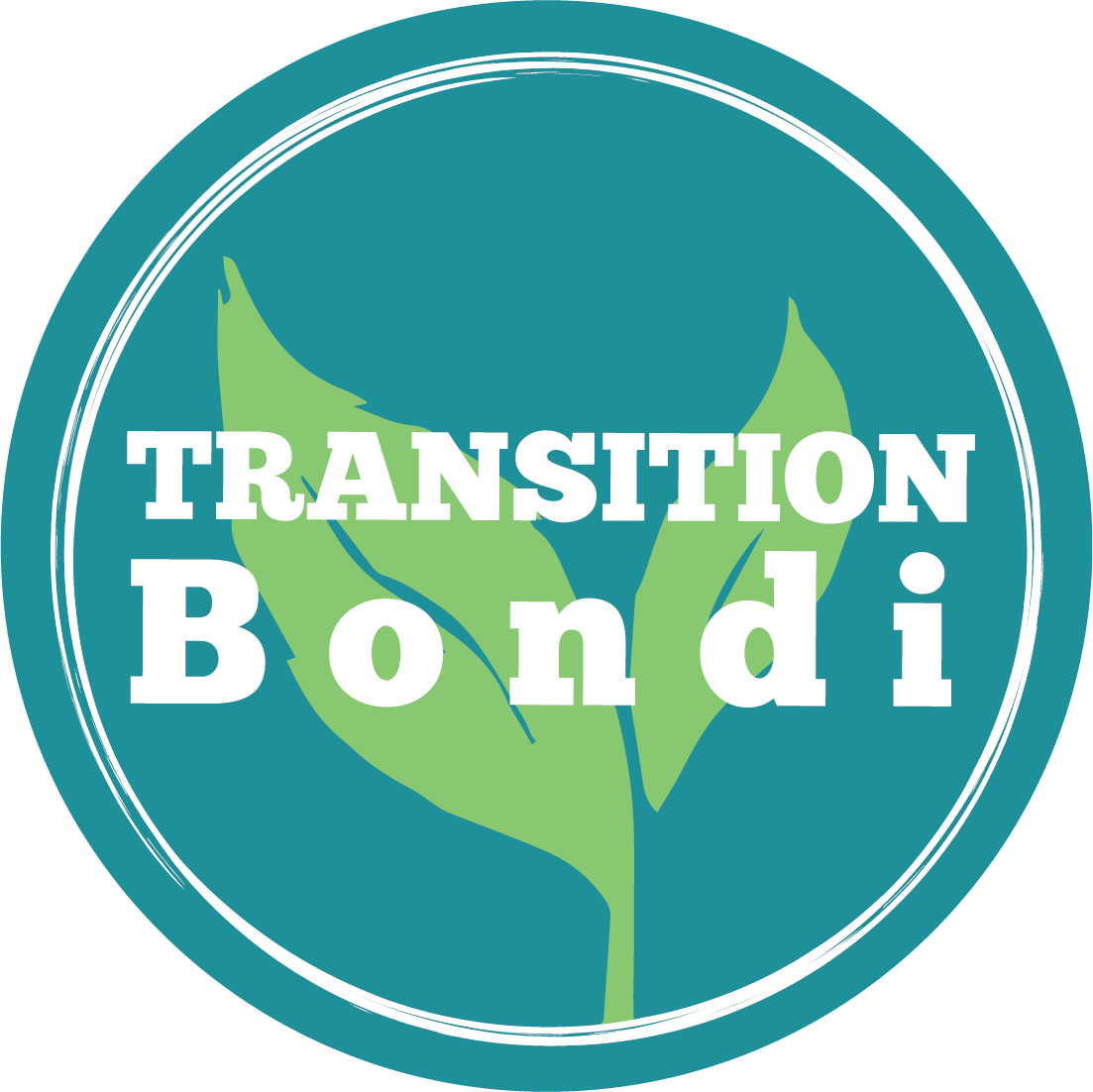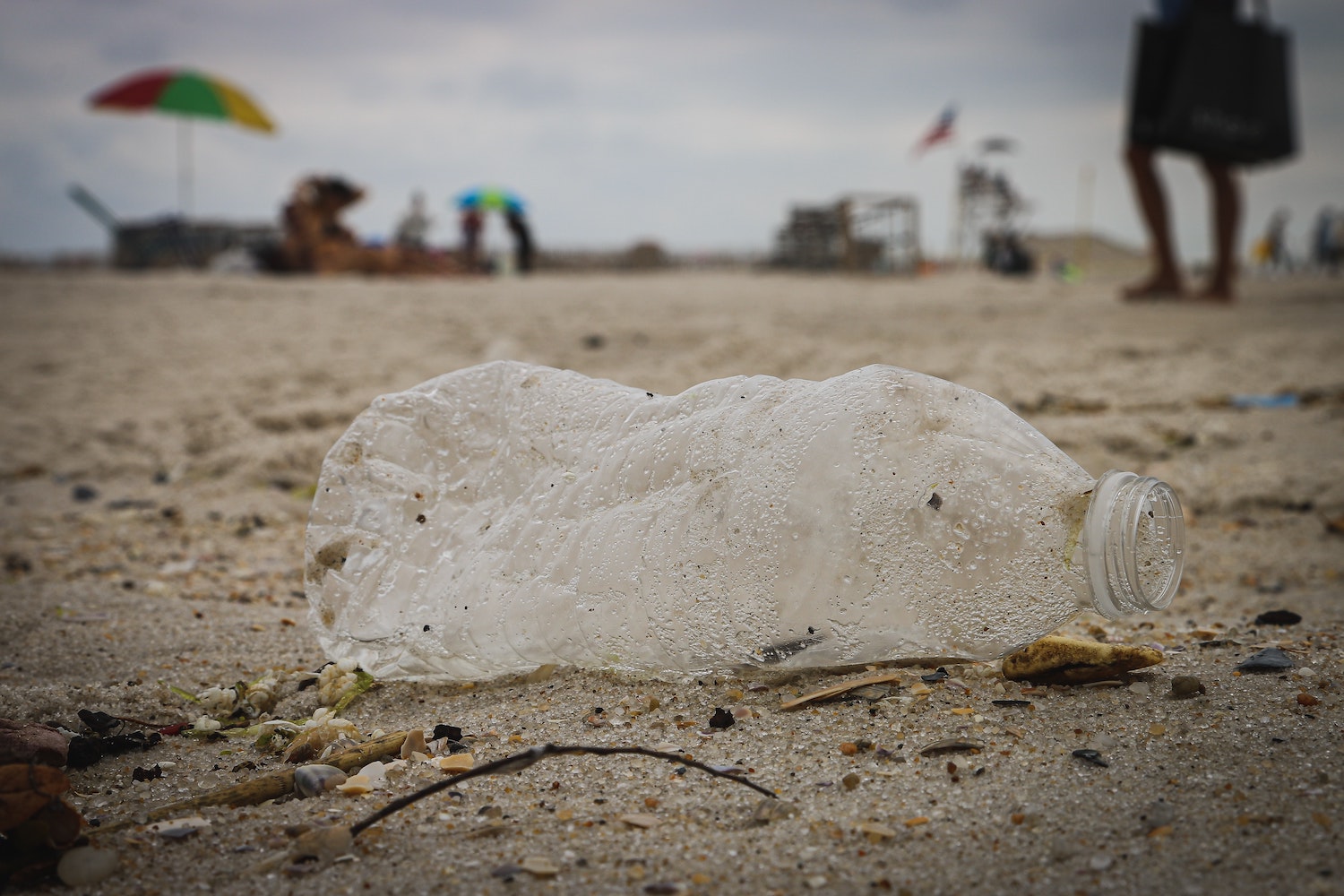Plastic Free July & Other Stories
COVID once again shifted the landscape of our activities during July, and an opportunity arose for a pop-up Plastic Free July event – a home-based Film & Feast. Nine people attended on zoom, from the comfort of their own dining tables, to meet others and watch six engaging short films. The focus topic was a well-known foe – plastic.
The films, which are linked below, ranged from topics such as the history of plastic to current initiatives such as Plastic Free July. We also looked to the future, considering new ways of approaching plastic waste and the benefits of a circular economy.
Attendees were given four prompts to consider whilst watching the film.
- What are the benefits?
- How is plastic produced and what is its history?
- What damage does the waste cause?
- What solutions might there be – material and human
With these questions in mind, we put together a little summary of everything plastic.
What are the benefits?
There’s no doubt that plastic has changed the world, both negatively and positively. It has offered a fast, durable and lightweight solution to many everyday items alongside building materials, medical products and hygienic packaging products.
The pandemic has increased the need for the medical use of plastics. Whether it be a medical instrument or PPE, plastic has played a large role in hygiene. The downside is that these items often aren’t able to be reused, eventually ending up in landfill.
How is plastic produced and what is its history?
Plastic is made from a variety of fossil fuels which, through a polymerisation or polycondensation process, become transferred into polymer before taking a new shape as a plastic item. Plastic had forerunners in bakelite, polystyrene, vinyl, acrylic, nylon and polyethlene.
Injection moulding allowed for these fossil fuel materials to take a multitude of shapes, and produce consumer items fast, and at scale. The promise of cheap, accessible household items gave way to war-time uses during WWII (parachutes, raincoats, helmet-liners). Manufacturers after the war turned their production to peacetime consumption, making substitutes for wood, glass clothing and then packaging in its diverse forms.
The twentieth century became known as the Plastic Century. The shine of plastic, however, began to wear off once we started to realise the harm it can do to both us and the rest of the environment. This non-renewable resource, used in making single-use plastics takes centuries to degrade (but not disappear). The future needs to deal with this ubiquitous substance by reducing its use developing alternatives finding ways of recycling it.
What damage does plastic production and waste cause?
Plastic is entwined with climate change – it is made of fossil fuels and carbon emissions are produced in the manufacturing process. The effects are felt through the pollution of air, water and ocean. You only have to take a walk along the shore of your local beach to see examples of this pollution, examples that only represent the tip of the iceberg.
This pollution has a direct impact on the ecosystem around us. We are experiencing a loss of marine life with birds feeding plastic to their young and dumped fishing nets entrapping sea animals. By 2030, there will be a tonne of plastic to every 3 tonnes of fish. On a smaller scale, the depletion of plankton, which absorb carbon from the atmosphere is becoming an increasing issue. Us humans are not separate from this cycle of pollution either, with microplastics entering the food chain and ending up in human bodies.
On a corporate level, the fossil fuel industry is ramping up production of plastics to compensate for the reduction in demand as we become more environmentally aware. Already they produce much more plastic than we can use, and the global north sends waste to Africa and Asia to attempt to deal with. 32% of this waste ends up in the environment, 40% goes to landfill, 14% is incinerated – which requires used of fossil fuels and (produces toxic pollutants and ash.
The business of plastic is driven by supply, not demand – by the aggressive marketing of single-use plastic.
What solutions might there be – material and human?
Change is needed on a systemic level – policies about single use plastics are vital and subsidies to fossil fuel companies must stop. Big plastic producers must take responsibility for the waste they create.
We must strive for a zero-waste future, where materials are (if not ‘refused) re-used, repaired, recycled or composted, in a circular economy. If plastic is considered vital for a purpose, producers should also consider using different materials to manufacture plastic-like substances (bio-degradables).
Individuals also need to remember that our little actions count. Each day tonnes of waste are created by millions of people saying “it’s only one cup”. It’s important to remain conscious of our ability to opt for non-plastic alternatives or to refuse packaging when we can. Whilst avoiding plastic products is the most effective solution, making sure to recycle plastics is an easy thing to do and contributes to a circular economy.
There are also ways we can take social action – campaigns, pressuring government for policies or forming treaties. One campaign that is pushing for change is Plastic Free July, which you can watch all about in the link below. Plastic Free July was founded by Rebecca Prince-Ruiz in 2011 in Perth, in collaboration with the Plastic Free Foundation. The movement has seen 326 million people participating across 177 countries, all taking the challenge to refuse single use plastics for the month of July.
Plastic has crept into almost every corner of our lives. Whilst it offers a solution to a number of daily activities, the harm that it brings, especially single use plastics, needs to be urgently addressed. The solution, as mentioned, is a combination of small-scale individual change and a large-scale corporate manufacturing and policy shift. What actions are you taking to create a plastic free future?
The Films
A Brief History of Plastic
The Story of Plastic (Animated Short)
Plastic Free July 2021: does it still matter?
The Vision for a Circular Economy
TED: A radical plan to end plastic waste
History of the plastic spoon
Extra Resources
A Plastic Wave (Nov 2018)
Man from Cornwall travelled to India and other places to look at the waste situation
Trash Into Cash
Other Organisations & Campaigns
Circular Economy (Ellen MacArthur Foundation)
Stop Ghost Gear (WWF Petition)
#breakfreefromplastic
Waste & Consumption (Transition Australia)
Transition Streets
World Wildlife Fund Plastic Free Treaty
Letter Writing Guide (Climate for Change)

